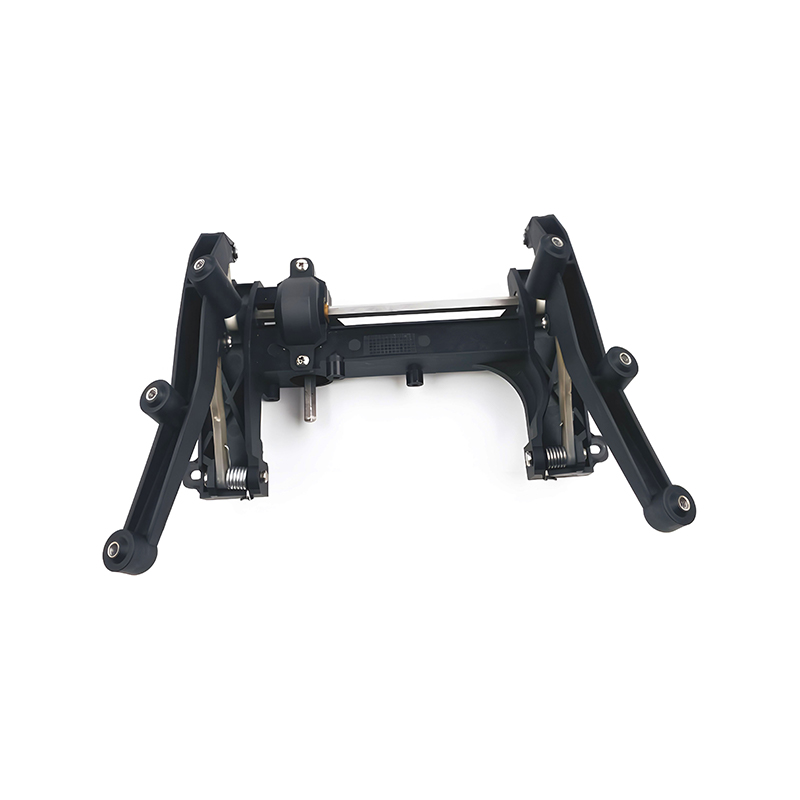In the automotive industry, smooth and reliable operation of vehicle components significantly contributes to the overall driving experience. Among these components, the car power window motor plays a crucial role in daily convenience, enabling passengers to effortlessly raise and lower windows. Recently, a new series of car power window motors has been developed, achieving consistent speed control that enhances reliability and user satisfaction.

The importance of consistent speed control in a car power window motor cannot be overstated. Inconsistent speed can cause windows to move jerkily or stall, creating frustration and sometimes pilot to mechanical wear. The latest motor series addresses these issues by incorporating advanced electronic control techniques and improved mechanical design. These improvements allow for steady and smooth window movements, regardless of changes in load or voltage fluctuations within the vehicle's electrical system.
One key factor in the consistent speed control of this new car power window motor series is the integration of precise feedback mechanisms. Sensors continuously monitor the motor's rotation speed and adjust power delivery accordingly, maintaining a uniform motion throughout the window's travel range. This approach reduces the risk of overheating and mechanical stress, thereby extending the service life of the motor.
Besides the car power window motor, the car windscreen wiper motor is another critical automotive component where reliable speed control is essential. Wiper motors must operate smoothly under varying weather conditions, maintaining consistent wiping speeds to ensure clear visibility. The technology developed for the new window motor series offers insights that could be applied to improve the performance of car windscreen wiper motors as well.
Wiper motors are subject to irregular resistance caused by changes in rain intensity or windshield debris. If speed control is inadequate, the wipers may slow down or speed up unpredictably, affecting safety. By adapting some of the control principles used in the new window motor series, manufacturers can enhance the stability of car windscreen wiper motors, providing consistent wiping patterns in different driving scenarios.
Testing of the new car power window motor series demonstrated significant improvements in speed regulation. Even under variable voltage conditions, which often occur during engine start or while operating multiple electrical systems, the motor maintained steady speeds. This characteristic ensures that passengers experience smooth window operation without sudden stops or jerks, promoting comfort and reliability.
Moreover, the improved speed control reduces wear on gears and other mechanical parts inside the motor assembly. A smoother transition reduces the impact stress that typically results from uneven movement, which, over time, can advance to premature failure. As a result, vehicles equipped with this motor series may see longer intervals between repairs or replacements, contributing to overall maintenance cost savings.
The car windscreen wiper motor similarly benefits from technologies that enhance speed consistency. Precise electronic control and feedback systems help maintain a uniform wiping speed, improving driver visibility and safety during adverse weather conditions. Like the car power window motor, a wiper motor designed with these features experiences less mechanical stress, which can translate to greater durability.
Another aspect of the new window motor series is its adaptability to different vehicle models and configurations. The motor is designed with a flexible control interface, allowing manufacturers to tailor speed settings according to specific vehicle requirements. This flexibility is important because different car designs may demand variations in window size, weight, and electrical system voltage.
Such adaptability also benefits the car windscreen wiper motor industry, where various vehicle types require motors with differing torque and speed profiles. By leveraging similar control technologies, it is possible to produce wiper motors that deliver consistent performance across a wide range of vehicles without extensive redesign.
In addition to performance enhancements, the new car power window motor series emphasizes energy efficiency. Maintaining consistent speed control reduces unnecessary power surges and less current draw, which can have a positive impact on the vehicle's electrical load. This is especially beneficial for modern cars equipped with multiple electronic systems, helping to preserve battery life and reduce fuel consumption indirectly.
For the car windscreen wiper motor, energy efficiency is equally important. A motor that operates with stable speed control consumes power more predictably, which aids in managing the vehicle's overall energy consumption. This is particularly relevant for electric and hybrid vehicles, where every watt counts toward extending driving range.
In conclusion, achieving consistent speed control in the new car power window motor series represents a meaningful advancement in automotive component technology. The enhanced control improves the user experience by providing smooth, reliable window operation while contributing to extended motor life and energy savings. Furthermore, the underlying principles offer valuable insights for improving the performance of car windscreen wiper motors, which face their own unique demands for speed, stability, and durability. Together, these developments help support safer and more comfortable driving experiences across a variety of vehicles.
Your email address will not be published. Required field are marked*